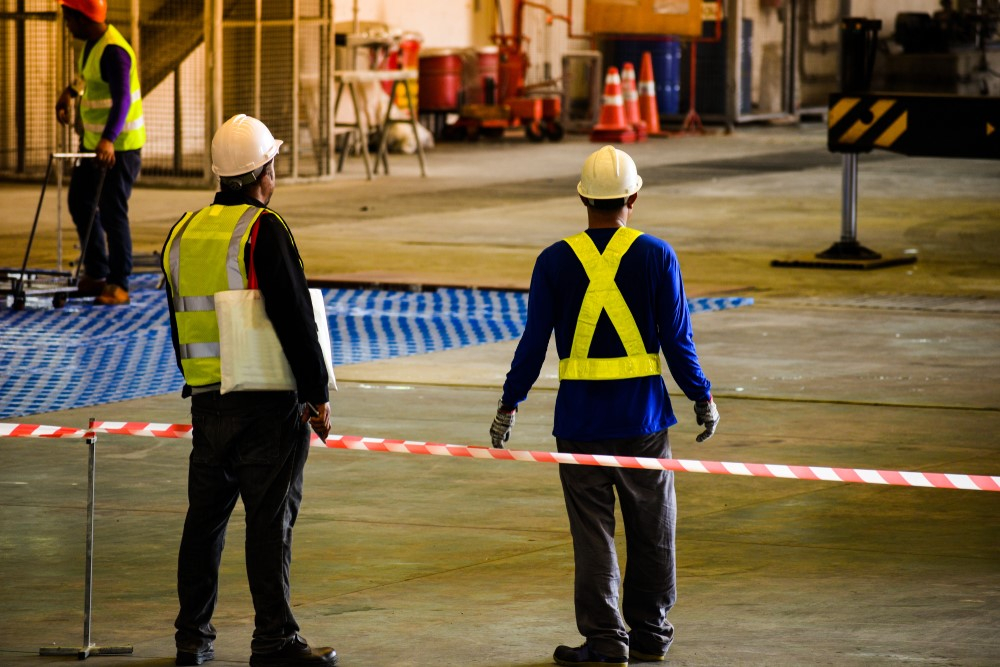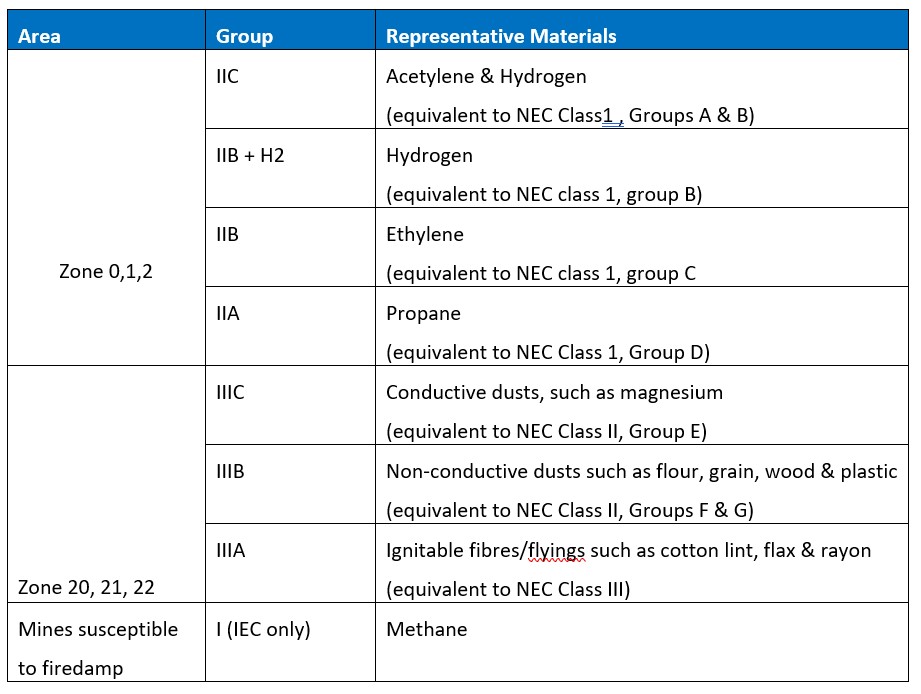The Only Guide for Roar Solutions
The Only Guide for Roar Solutions
Blog Article
Getting My Roar Solutions To Work
Table of ContentsAll about Roar SolutionsFacts About Roar Solutions Uncovered8 Simple Techniques For Roar Solutions
In such an ambience a fire or surge is possible when three fundamental conditions are fulfilled. This is frequently described as the "unsafe location" or "combustion" triangular. In order to safeguard installations from a possible surge a technique of analysing and identifying a possibly unsafe area is required. The purpose of this is to make certain the appropriate choice and setup of tools to inevitably stop an explosion and to make certain safety of life.
(http://prsync.com/roar-solutions/)
No equipment ought to be installed where the surface temperature of the equipment is higher than the ignition temperature of the given hazard. Below are some common dust hazardous and their minimum ignition temperature. Coal Dust 380C 225C Polythene 420C (thaws) Methyl Cellulose 420C 320C Starch 460C 435C Flour 490C 340C Sugar 490C 460C Grain Dirt 510C 300C Phenolic Material 530C > 450C Aluminium 590C > 450C PVC 700C > 450C Soot 810C 570C The possibility of the danger existing in a focus high adequate to cause an ignition will certainly vary from area to area.
In order to categorize this danger an installment is separated right into locations of threat depending upon the quantity of time the dangerous is present. These areas are referred to as Areas. For gases and vapours and dirts and fibres there are three zones. Area 0 Zone 20 An unsafe ambience is extremely most likely to be existing and may exist for extended periods of time (> 1000 hours each year) and even constantly Zone 1 Zone 21 An unsafe ambience is feasible yet not likely to be present for extended periods of time (> 10 450 C [842 F] A classification of T6 suggests the minimal ignition temperature level is > 85 C [185 F] Dangerous location electrical equipment perhaps created for usage in greater ambient temperatures. This would certainly suggested on the ranking plate e.g. EExe II C T3 Ta + 60C( This indicates at 60C ambient T3 will certainly not be gone beyond) T1 T1, T2, T3, T4, T5, T6 T2 T2, T3, T4, T5, T6 T3 T3, T4, T5, T6 T4 T4, T5, T6 T5 T5, T6 T6 T6 A T Class ranking of T1 means the optimum surface temperature produced by the tool at 40 C is 450 C. Presuming the connected T Course and Temperature level score for the equipment are ideal for the area, you can constantly utilize a tool with a more rigorous Division score than required for the location. There isn't a clear response to this inquiry unfortunately. It truly does depend upon the kind of equipment and what repair services need to be executed. Tools with specific examination treatments that can not be carried out in the area in order to achieve/maintain 3rd party score. Have to come back to the factory if it is before the tools's service. Field Fixing By Authorised Worker: Complicated testing may not be required however certain treatments might need to be followed in order for the devices to preserve its 3rd party rating. Authorised workers have to be employed to perform the job correctly Repair work need to be a like for like substitute. New element need to be taken into consideration as a straight replacement requiring no special screening of the equipment after the repair service is full. Each piece of devices with a hazardous ranking ought to be reviewed individually. These are outlined at a high level listed below, however, for even more detailed information, please refer straight to the standards.
The Best Guide To Roar Solutions
The equipment register is an extensive data source of equipment documents that consists of a minimum collection of fields to identify each thing's location, technical specifications, Ex lover classification, age, and ecological data. The proportion of In-depth to Shut inspections will certainly be figured out by the Equipment Danger, which is analyzed based on ignition risk (the probability of a resource of ignition versus the likelihood of a combustible ambience )and the unsafe location category
( Zone 0Area 1, or 2). Carrying out a durable Risk-Based Inspection( RBI )strategy is important for guaranteeing compliance and safety in taking care of Electrical Tools in Hazardous Locations( EEHA).
How Roar Solutions can Save You Time, Stress, and Money.

In regards to explosive threat, a hazardous area is an atmosphere in which an explosive environment is present (or may be expected to be present) in amounts that need special safety measures for the building, installation and use equipment. eeha training. In this short article we discover the difficulties dealt with in the office, the danger control procedures, and the required proficiencies to function safely
It is a repercussion of modern life that we make, keep or handle a variety of gases or fluids that are considered flammable, and a variety of dirts that are considered flammable. These compounds can, in particular problems, create explosive environments and these can have significant and heartbreaking consequences. A lot of us recognize with the fire official site triangular remove any type of among the three aspects and the fire can not take place, but what does this mean in the context of unsafe locations? When breaking this down into its simplest terms it is essentially: a mix of a certain amount of launch or leak of a particular compound or product, mixing with ambient oxygen, and the existence of a resource of ignition.
In a lot of circumstances, we can do little about the levels of oxygen in the air, yet we can have considerable impact on resources of ignition, for instance electric tools. Unsafe areas are recorded on the unsafe location category illustration and are recognized on-site by the triangular "EX-SPOUSE" sign. Below, amongst various other key information, areas are split right into 3 kinds depending upon the threat, the likelihood and period that an eruptive ambience will certainly exist; Zone 0 or 20 is regarded one of the most unsafe and Area 2 or 22 is regarded the least.
Report this page